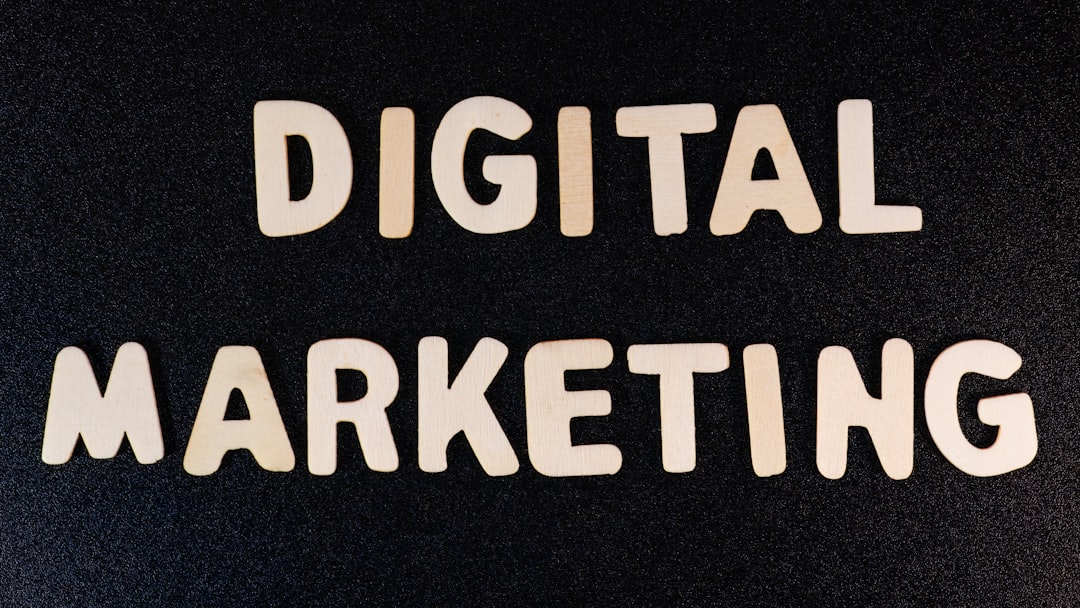In an era where privacy regulations are tightening and consumers are more concerned about their digital footprint, businesses are seeking innovative ways to deliver highly relevant and personalized experiences without relying on personally identifiable information (PII). Traditional personalization strategies that depend on user profiles, cookies, and behavioral tracking are being phased out. Now, organizations must pivot to privacy-friendly methods that still deliver value. Enter contextual personalization.
Contextual signals—based on a user’s current interaction environment rather than past behavior—are emerging as a powerful tool to personalize content, offers, and experiences. This approach honors privacy while enhancing the user journey and driving significant conversions.
What Is Contextual Personalization?
Contextual personalization refers to delivering customized experiences to users based on their real-time context. This includes data points such as:
- Device type
- Browser language
- Time of day
- Geolocation (general, non-specific)
- Referral source
- On-site behavior (without storing individual identity)
By leveraging these elements, businesses can tailor their websites, content, and campaigns to resonate with anonymous users—without ever accessing who they are. It’s personalization that protects consumer trust while still influencing decisions.
Why Move Away from PII-Based Personalization?
Several trends and regulations are pushing companies to rethink how they collect and use personal data:
- Regulations: GDPR, CCPA, and similar legislation globally are putting stricter limits on how user data is collected and handled.
- Browser policies: Apple’s Intelligent Tracking Prevention and Google’s plan to phase out third-party cookies reduce traditional tracking capabilities.
- User sentiment: Consumers are more aware and concerned about their data privacy. They prefer brands that respect their anonymity.
This shift requires a deep strategic pivot—from collecting individual data to understanding generalized signals.

Types of Contextual Signals That Drive Conversions
In absence of PII, marketers must harness alternate indicators to tailor experiences effectively. These are some of the most actionable contextual signals available:
1. Device and Browser Type
Understanding whether a user is on desktop, mobile, or tablet (or using Safari vs. Chrome) offers insights into intent and behavior. For example:
- Mobile visitors may prefer quick, transactional experiences.
- Desktop users might be more inclined to consume long-form content.
Adapting layouts, CTAs, and content based on platform enhances usability and increases engagement.
2. Geolocation and Time Zone
While precise GPS-level data may require user permissions, general geography based on IP (e.g., city or country) can inform localization efforts in:
- Display language or currency
- Shipping availability and terms
- Regional campaigns or promotions
Furthermore, time-of-day personalization allows messages to be more timely. A discount shown during the user’s lunch hour may outperform one displayed at midnight.
3. Entry Source (Referral Channels)
Knowing where a user came from helps infer intent without identity. Was the visit driven by:
- A paid ad campaign?
- A social media post?
- An email click?
Each source reflects different levels of engagement and expectations. From content pacing to promotional messaging, this intel can direct meaningful customization.
4. On-Site Context
Even without PII, businesses can dynamically react to what a user is doing in the moment:
- Pages visited
- Time spent per page
- Items added to cart (first-party and session-based)
- Scroll depth or hover interactions
These signals indicate interest and facilitate real-time adjustments, such as showing predictive suggestions or urgency messages.

Benefits of Contextual Personalization
The rewards for shifting to non-PII personalization go beyond compliance. It’s about achieving efficient, ethical, and scalable marketing outcomes:
- Faster load times – Without heavy scripts and trackers, performance improves.
- More trust – Consumers are more likely to engage with brands that don’t overreach.
- Greater adaptability – Contextual data adapts easily to real-time changes.
- Improved resilience – As cookie deprecation continues, contextual systems remain future-proof.
Implementing Contextual Strategies: Best Practices
- Start Small: Begin with a few simple signals like device type or time zone and build from there.
- Test and Iterate: A/B test personalization scenarios to understand which contextual triggers work best.
- Ensure Transparency: Let users know that personalization is happening without breaching trust.
- Integrate with First-Party Data: Session-based data isn’t PII but can still enhance contextual insights.
- Prioritize User Experience: Context should enhance, not confuse. Keep changes intuitive and meaningful.
Tools Supporting Contextual Personalization
Several platforms are evolving to support non-PII-based strategies. These tools typically feature:
- Session-based content targeting
- Real-time behavioral analytics
- Geo-adaptive components
- API flexibility for seamless deployment
Notable vendors are now prioritizing zero-data solutions, giving marketers precision without intrusion.
Conclusion
The future of personalized marketing lies not in tracking individuals, but in understanding context. By using implicit environmental cues, businesses can achieve relevance that doesn’t compromise trust. Contextual signals are more than a patch for cookie loss—they are a strategic advantage for brands that value privacy, performance, and personalization equally.

Frequently Asked Questions
What is the difference between contextual and behavioral personalization?
Contextual personalization customizes experiences based on real-time, environment-based signals (like time of day, device, or referral source), while behavioral personalization relies on historical data about the user’s past actions across sessions, which often includes personal identifiers.
Is contextual personalization compliant with privacy regulations like GDPR?
Yes, as long as you don’t collect or store personal identifiers or make efforts to re-identify the user, contextual strategies are typically compliant with regulations like GDPR, CCPA, and others.
Can contextual personalization drive conversions as effectively as PII-based methods?
Absolutely. When executed well, contextual experiences can feel just as personalized—and often more timely. Success depends on intelligent use of data points that reflect the user’s current environment and intent.
How soon should businesses start transitioning to contextual signals?
Immediately. With third-party cookie deprecation and tighter privacy laws, businesses should proactively build infrastructure that leverages anonymous, real-time data to stay ahead of changes.
Do I need special tools for contextual personalization?
While not mandatory, having a platform or middleware that supports real-time content customization and environment detection can significantly streamline the process and elevate results.